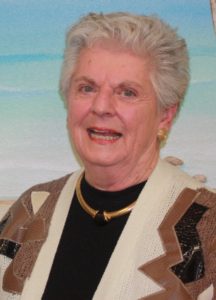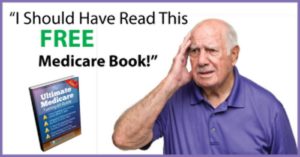by James Firman, National Council on Aging (NCOA) President and CEO
Access to health care, long-term care, and affordable health insurance is a fundamental building block of healthy aging. While NCOA is pleased that many important ACA Medicare provisions remain untouched in the House proposed repeal and replace legislation, we are very concerned about the impact several of the provisions will have on older Americans and their families.
Our greatest concern is with the Medicaid proposals that impact tens of millions of our nation’s most vulnerable, low-income citizens. Although we are grateful the proposal does not turn Medicaid into a block grant program, imposing caps on federal contributions to the program has nothing to do with repealing the ACA, and would fundamentally restructure a 50-year-old federal payment guarantee based on a percentage of actual costs.
Per capita caps would limit federal payments to states based on a preset formula, shifting the risk of rising health costs to states and making it easier to cut the programs by simply dialing down growth rates. We fear that, over time, significant cuts would result in major reductions in services, particularly in states that may be disproportionately penalized by the capping formula. Per capita caps also fail to adjust for Americans’ increasing longevity and need for expensive long-term care.
Medicaid helps pay for care for nearly two out of three nursing home residents and provides more than 3.2 million seniors and people with disabilities access to home and community-based services. We support state innovation and delivery system reforms to improve outcomes and achieve cost-efficiencies, such as shifting from institutional to home and community-based services. However, we are concerned that federal per capita caps combined with cuts could slow innovations that require up-front investments and that flexibility could undermine important federal consumer protections.
We are also troubled that the legislation gradually eliminates the important Medicaid expansion, which extended health insurance coverage to 11 million adults, including about 1.5 million people aged 55-64, and that it repeals incentives to improve access to Medicaid home and community-based services under the Community First Choice program.
While we are pleased that Medicaid assistance with out-of-pocket costs for low-income Medicare beneficiaries would not be subject to the per capita caps, we are concerned that Section 14 of the Ways and Means Committee bill would weaken the Medicare Part A Hospital Insurance Trust Fund.
The bill also repeals important premium cost protections for pre-Medicare older adults by increasing the current age rating band from 3:1 to 5:1 or more. For Americans aged 55-64, this will mean premiums could increase as much as several thousand dollars a year and may no longer be affordable. When members of this age group cannot afford care, they often come into Medicare less healthy.
Finally, we were disappointed at the repeal of the Prevention and Public Health Fund, which represents our nation’s greatest commitment to public health and preventive services. This fund has improved access to disease prevention, vaccines, and health screenings for all Americans.
We are disappointed that hearings will not be held before voting on a bill that has far-reaching implications for Americans of all ages and that we will not have the Congressional Budget Office analysis of the bill to know how many people might lose their insurance coverage.
NCOA stands ready and willing to work with the Administration and Congress to craft and implement effective, responsible solutions to improve health care for our citizens, particularly those who are vulnerable or disadvantaged.



